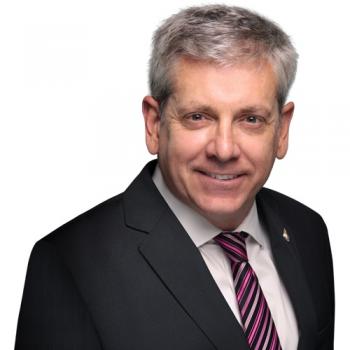Image Caption
Summary
By Shari Narine
Windspeaker.com Contributor
OTTAWA
Natan Obed is intimately familiar with the “painful personal stories” of suicide. The president of Inuit Tapiriit Kanatami says the suicide rate for Inuit is 10 to 25 per cent higher than the Canadian average and it’s difficult not to be “overwhelmed” by the stories and the challenges.
“For Inuit a lot of our social inequities create risk for suicide and those risks multiply in our communities when even knowing somebody who died by suicide increases the overarching risk,” he said. “Suicide is a public health issue.”
Obed stood with NDP Timmins-James Bay MP Charlie Angus on Tuesday May 22 in support of Angus’s motion calling for a National Suicide Prevention Action Plan. Motion 174 comes two years after the implementation of the Nunavut Suicide Prevention Strategy, in which ITK played a role.
The five-year Nunavut Suicide Prevention Strategy Action Plan defines commitments, outcomes and actions for 2017-2022. The strategy is based on three tenets—globally informed, Inuit specific, and evidence-based, said Obed.
“Some of the people who were involved in the Nunavut strategy approached my office about the need for a national strategy. We thought that this was really a good way of looking at the larger problem of suicide in Canada…. It’s something this is replicable across the country,” said Angus.
The national strategy would be globally informed programming based on evidence to meet the needs of specific populations. The plan laid out in M-174 will create a whole of government approach to reducing suicide by enacting a national public health surveillance program for suicide prevention; a commitment to priorities articulated by Indigenous representative organizations; best practice guidelines for prevention and care; national training standards and media knowledge tools, among other provisions.
“We’re not calling for another study here. We’re calling for a commitment to work and put the resources on the ground,” he said.
Angus pointed out that Health Canada does not track the rates of suicide for Indigenous populations.
“Just because you don’t track them doesn’t mean you’re not responsible,” he said.
To that end, the motion is directing that an 18-month comprehensive study be undertaken setting out the high risk groups and the factors involved for each specific group. Angus said this will allow the appropriate programming to be put in place and resources to go where they are needed.
Grand Chief Jonathan Solomon of the Mushkegowuk Council in Ontario who also stood with Angus, called suicide “an epidemic” in his region, pointing out that since 2015 the Anishinaabe Nation, which comprises 49 First Nations in northern Ontario, had 79 reported suicides. Since 1986, suicides accounted for 566 deaths.
“This is staggering,” said Solomon, who added that it was not enough for the government to fund “reactionary measures” to deal with suicide.
Ontario Regional Chief Isadore Day, who also serves as chair for the Chiefs Committee on Health for the Assembly of First Nations, said a national suicide prevention strategy is needed.
“We cannot begin to imagine how many lives we’ve lost due to government inaction,” said Day. “Failure to take such a comprehensive and inclusive approach renders our youth and our First Nations in danger.”
Angus does not have a dollar figure to offer for the cost of implementing a national strategy.
“That’s not really the role of the motion. The motion is that (the government) needs to start working with Indigenous communities to develop programs that work. That’s the mandate,” he said.
Suicide is one of the top 10 leading causes of death in Canada, and is second among young people.
Angus said Canada is the only G7 country without a national suicide prevention strategy.

